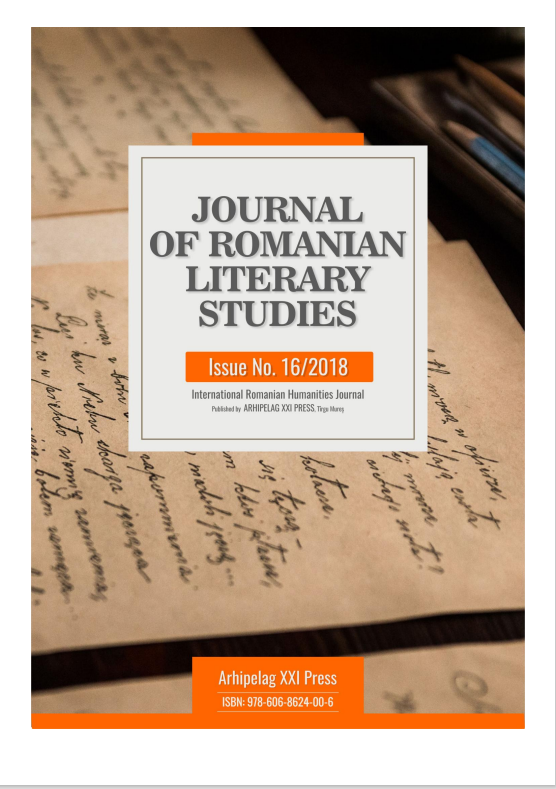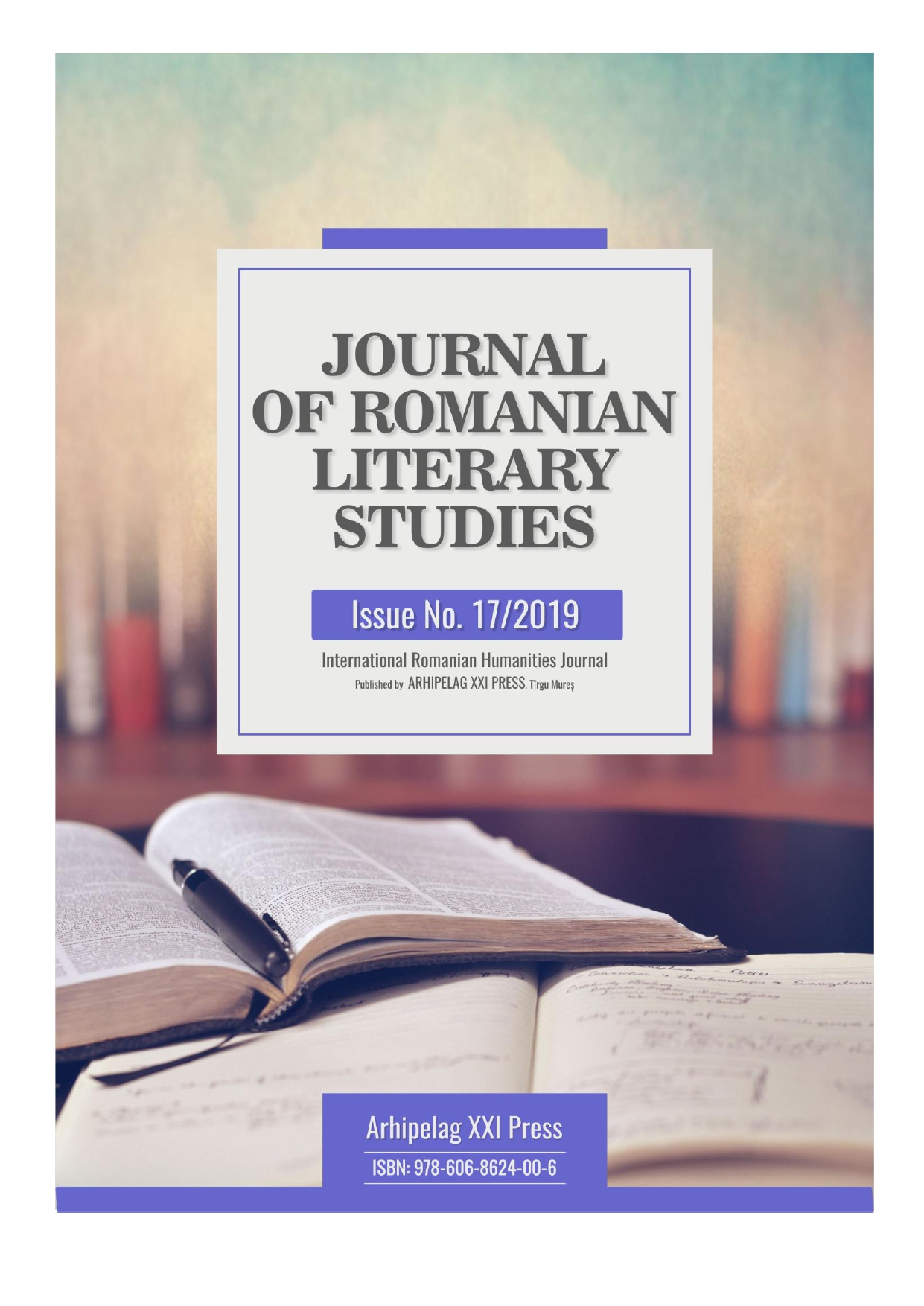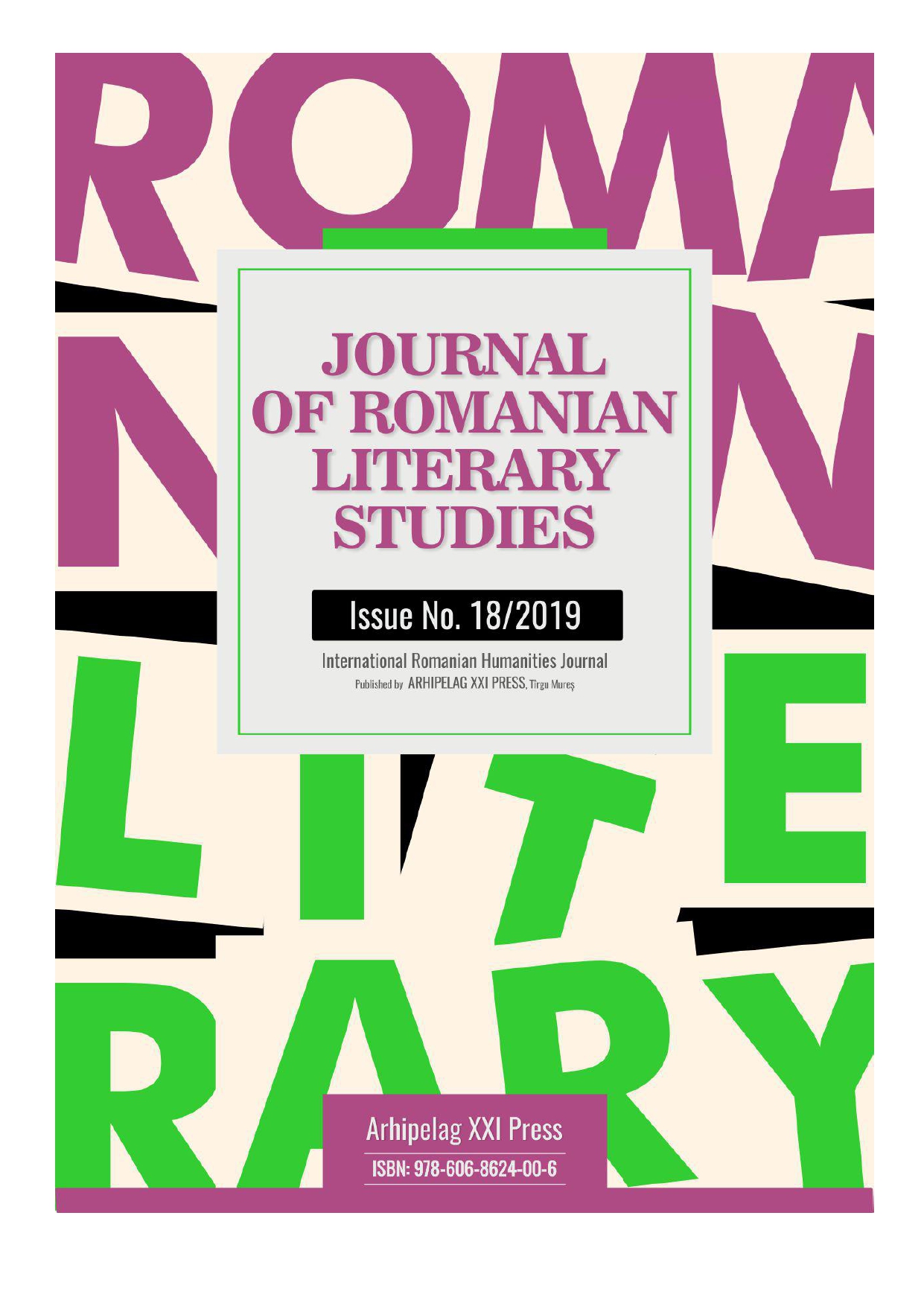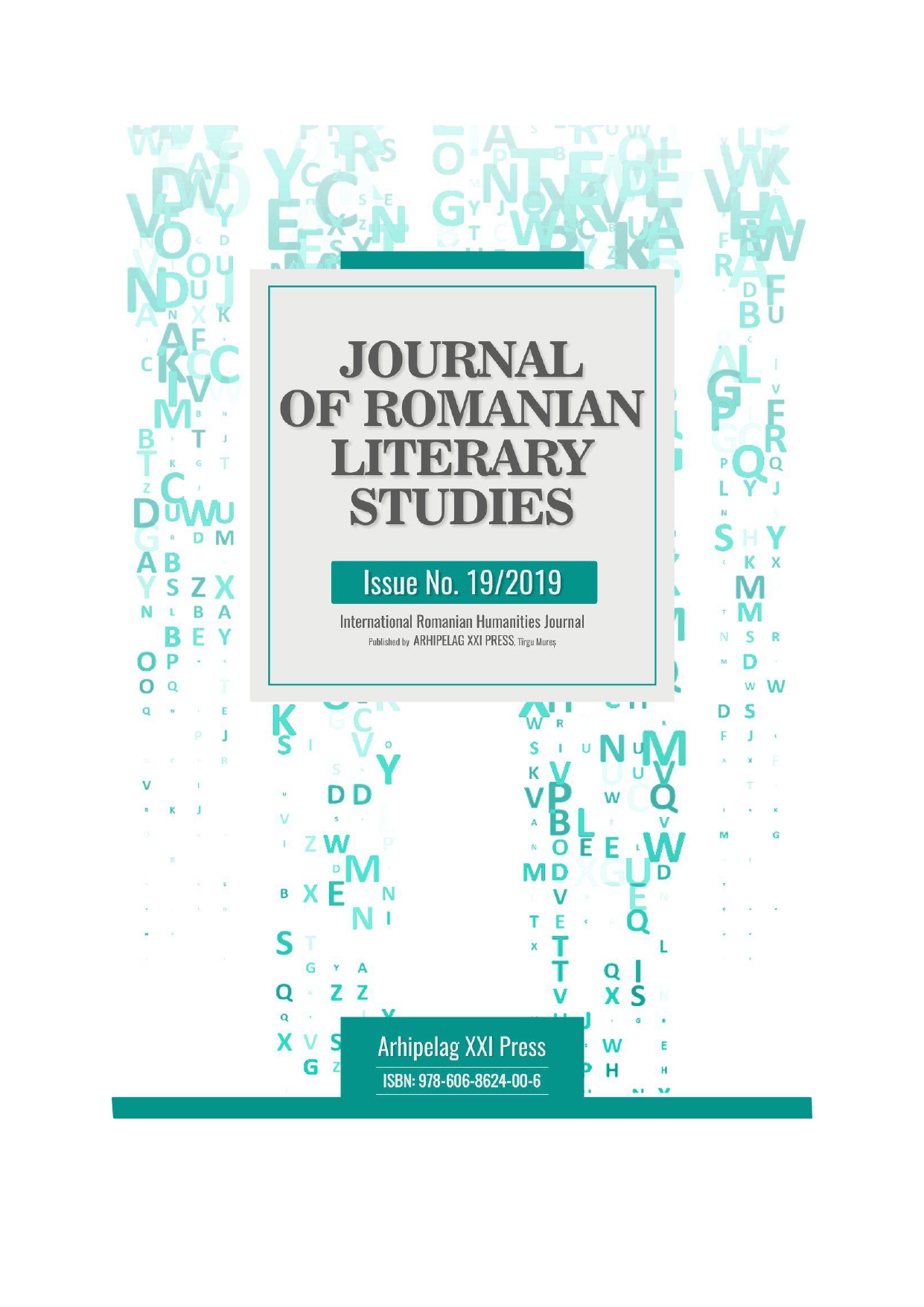
HISTORICAL FACT AND FEMINIST INTERPRETATION ON SHAKESPEARE
The sexual division of labour and the conceptual division between public and private spheres of activity that define the positions of housewives in advanced industrial nations were accepted only slowly and with difficulty in pre-capitalist England. The household had not yet been limited and specialized to its modern status as a residential unit. One reason why the sexual division of labour that is now regarded as traditional was not yet practicable in most English households was that women, no less than men, were expected to provide for their own needs and to contribute to the economic well-being of their families, not only by the money and property they brought into marriage but also by managing their households and by marketing the products of their domestic labour. Married women also supported themselves and helped to support their families by remunerative labour in a variety of crafts and trades, including some that would now be considered masculine preserves.
More...


